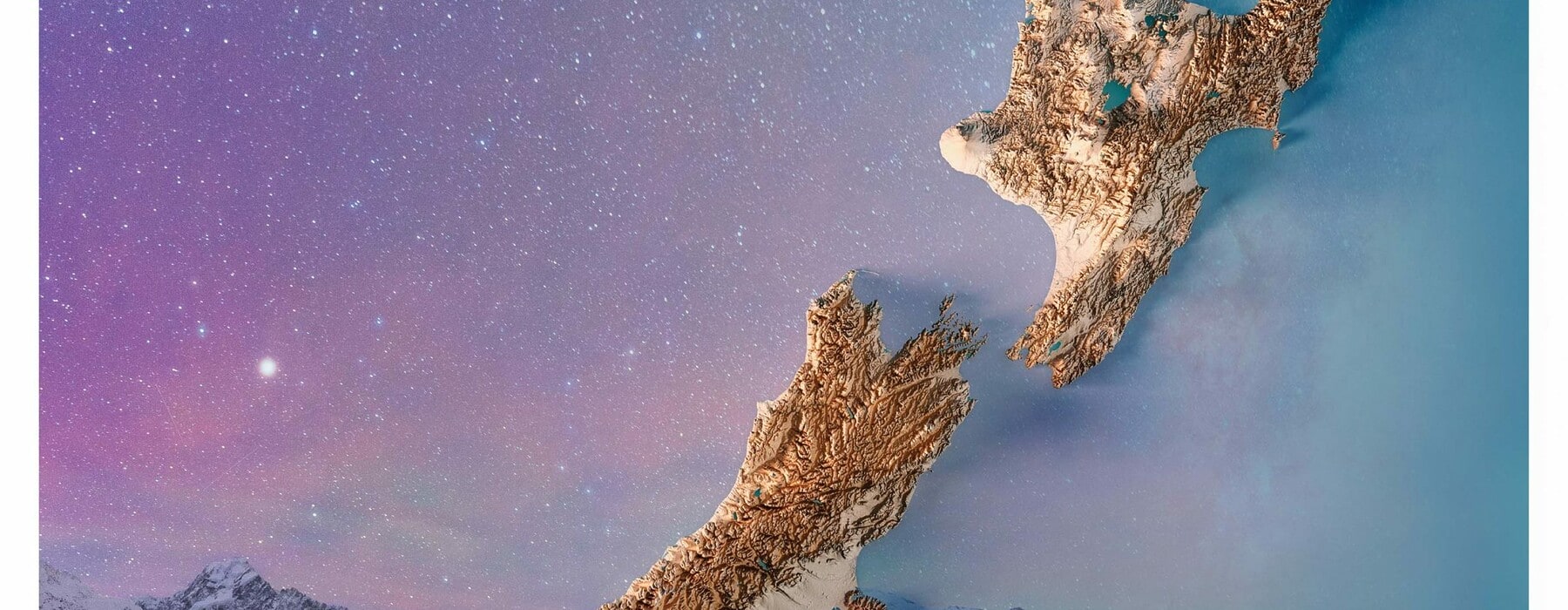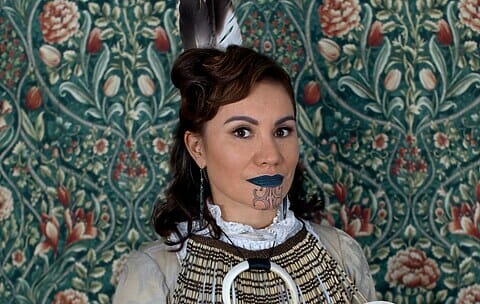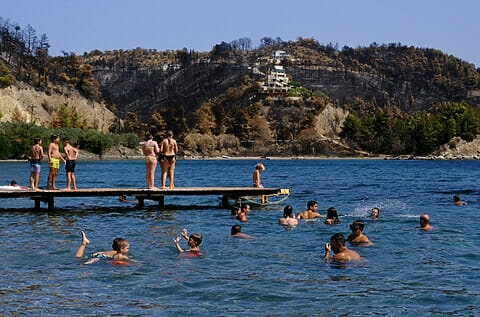Aotearoa now has a 12th public holiday, recognising traditional knowledge around the Māori lunar calendar, but it was a long time coming, writes Rebecca Reilly.
On June 24, Aotearoa will celebrate Matariki with a public holiday for the first time – our first new public holiday since Waitangi Day was introduced as an official holiday in 1974. Although often discussed, new public holidays in New Zealand are a rare thing, with the other most recent holidays being the first Labour Day, celebrated in 1900, and the first Anzac Day in 1916, two years before World War I ended, both being passed into law more than 100 years ago.
So, what is Matariki and why now? What has made the government change its tune about new public holidays, and how did we get here?
Ngā mata o te ariki o Tāwhirimātea is the reo name of the star cluster first recorded as the Pleiades by the Babylonians. Matariki is the shortened version of the name, as well as the name of the first star in the constellation to rise. Being the most visible star cluster from Earth, it is known to many cultures around the world, with names such as Makali’I in Hawaii and Subaru in Japan, thus the logo of the carmanufacturer. In Aotearoa, the constellation is visible year-round, except in May, when it sets. When Matariki rises again, this symbolises the start of the new year in te ao Māori and is traditionally celebrated at the end of the lunar cycle in which the rising occurs, after the stars are first spotted during ngā po o Tangaroa, the nights of Tangaroa. Matariki was a time to make forecasts for the coming year, remember the dead, who move to the afterlife each year at the setting of Matariki, and offer food to the sun and the stars who are tired and weakened in winter from moving the spirits on to the sky. Like many Māori traditions, celebrations of Matariki declined after colonisation and didn’t return until the 1990s with the revitalisation of te reo Māori.
The idea of a Matariki public holiday had been brought up before in parliament as a private member’s bill, proposed by the Māori Party’s Rahui Katene and drawn from the ballot in 2009, when the National Party was in power. The bill drew some attraction from republican movements who wanted to use a Matariki holiday to replace Queen’s Birthday, but ultimately it didn’t pass its first reading. At the 2011 election, the Māori Party had a bill to recognise Matariki written into its confidence and supply agreement with National, but this was not progressed. It wasn’t until 2020, by which time Matariki was consistently being marked with festivals run by councils and local groups around the country, that the Labour Party included a Matariki public holiday as one of its election promises, motivated in part by the Covid-19 pandemic.
One of the hardest-hit industries during the pandemic has undoubtedly been tourism, with the border closed to international visitors for two years and domestic travel limited by lockdowns. Hospitality has also taken a huge hit, facing these factors along with ongoing venue restrictions and capacity limits.
One of the ways Labour sought to rectify this was to propose the Matariki holiday, which would always be on a Friday and therefore create an additional long weekend in the calendar, giving New Zealanders another opportunity to travel domestically and pump money back into these affected industries. It was also an easy way to increase public morale, with everyone feeling the effects of the global health crisis.
Matariki made sense in terms of timing as there is no other public holiday in the nearly five-month stretch between Queen’s Birthday on the first weekend of June and Labour Day on the fourth Monday of October. Previously floated public holiday ideas, such as bringing back Dominion Day at the end of September or creating a holiday to honour Sir Edmund Hillary, didn’t have the same level of public support.
Last year, Prime Minister Jacinda Ardern announced the first Matariki dates and the creation of a Matariki Advisory Group, which would work to establish how and when we would celebrate the holiday each year, taking mātauranga Māori (Māori knowledge) into account and the views of different iwi on when exactly Matariki occurs. The bill was passed into law in April this year, with the support of Labour and the Green Party, but not National or Act, whose views were that another public holiday should not be added into the year as it would be another day businesses would be closed at a time when they are trying to recover from losses during the pandemic.
National’s Simon O’Connor supported a public holiday in general, but believed that Matariki was too ideological and preferred something “neutral”. He was criticised as being anti-Māori.
The government countered these arguments by saying that people generally spend more on public holidays.
With the dates for Matariki now set for the next 30 years, it will be exciting to see how the celebration of the holiday evolves and how old traditions are mixed in with new ones. Will the adoption of one new public holiday pave the way for others and, if so, what will they be?
What we can certainly say now is that this is a step in the direction of integrating the Māori worldview into the everyday operations of the country at large.
This is Public Interest Journalism funded by NZ On Air.








